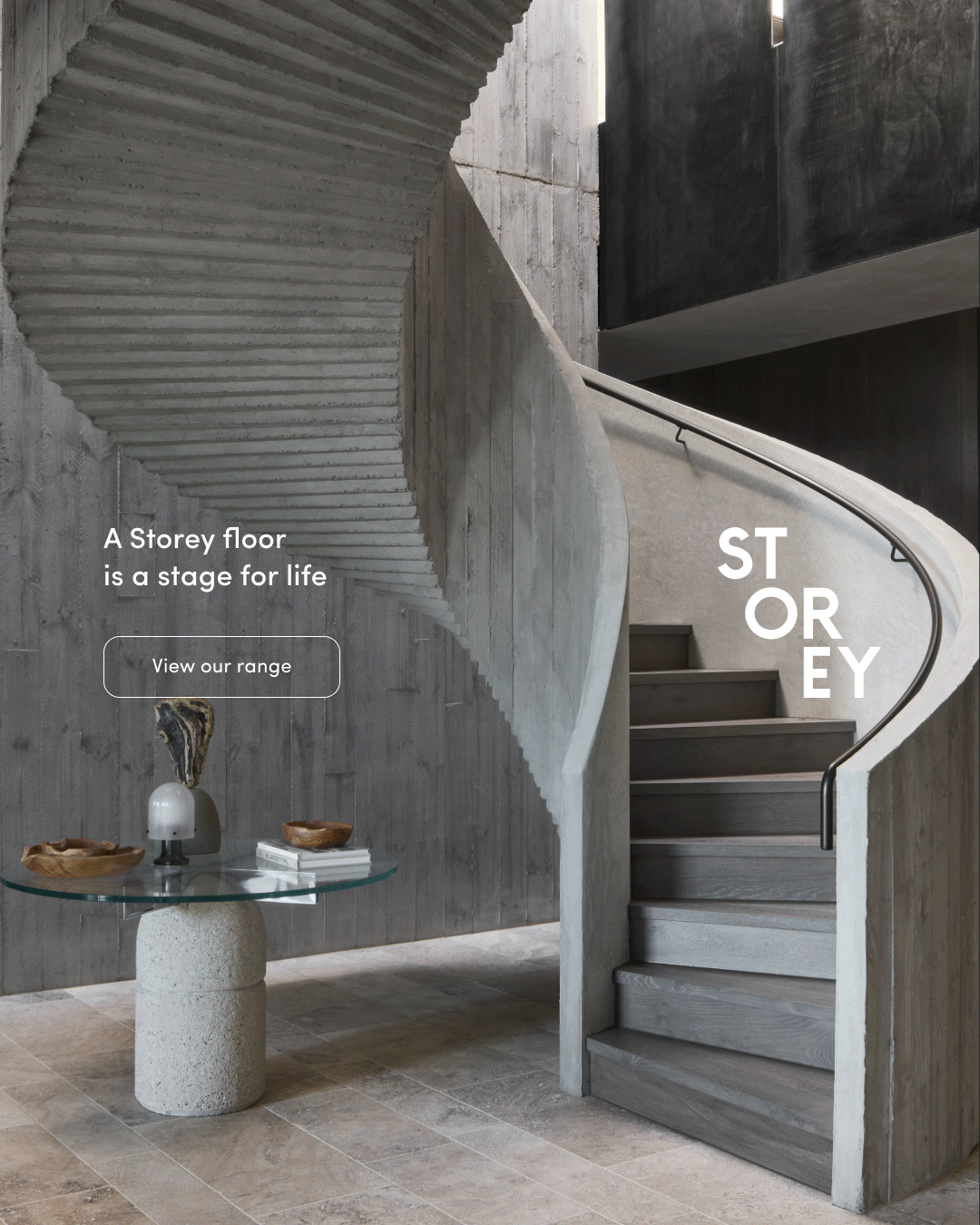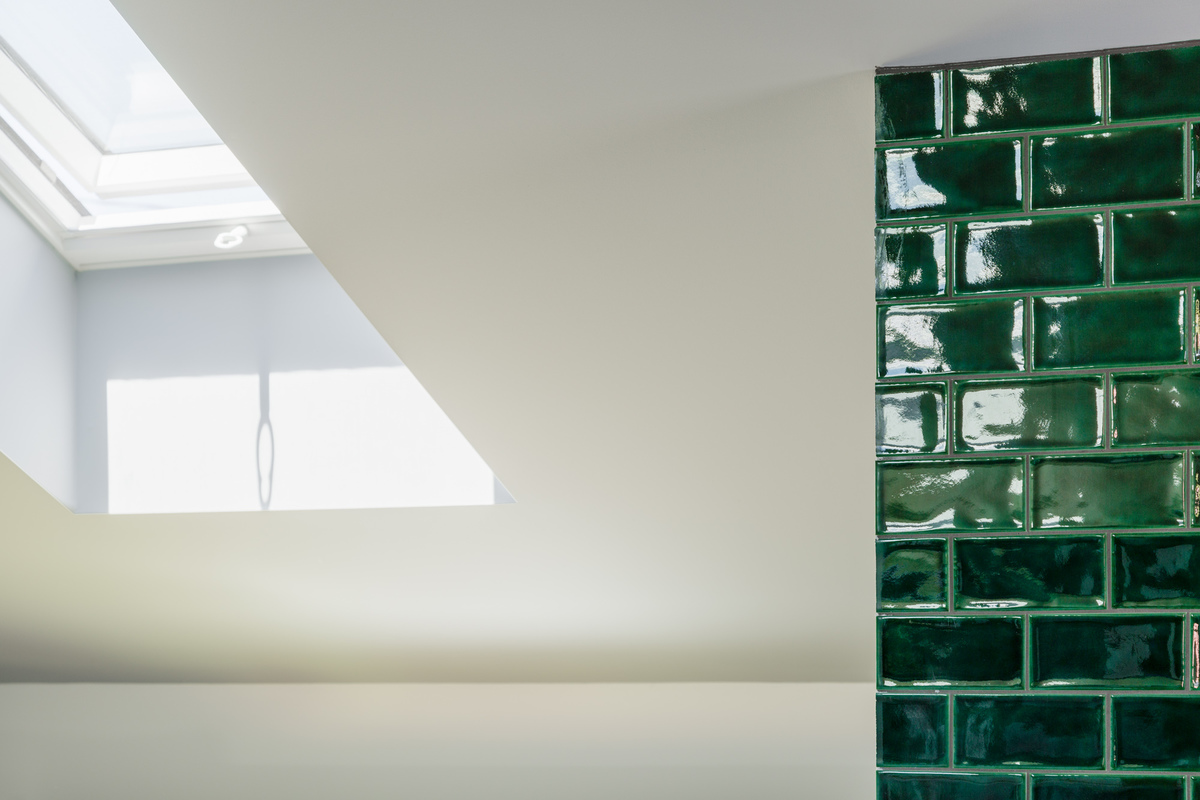
The redesign and refurbishment of an existing residence in St Kilda with a client brief to create a modern and friendly space for the family to enjoy.
With an approach to maintain and refurbish the existing fabric of the house, designers from DiMase Architects felt it was important to retain as much of the original house as possible. So, the only demolition to Roseleigh, was to change the old lean-to kitchen area, and instead create new areas in addition to the existing house.
The new addition provided at ground level, a new kitchen, laundry and bathroom facilities; whilst upstairs, the house has a new master bedroom and ensuite.
To the rear of the property, designers were able to maintain the original car space, storage and services. So, the original building was not altered in any way substantial, other than painting, new storage units, lighting and other careful interventions which helped to bring back life into old spaces, whilst staying true to the original building.
A new opening connects the old with the new, and there is a seamless transition between the living, dining and kitchen areas, that while they are separate spaces, they are also connected with each other.
The new building has been carefully crafted to perform a number of tasks in its constrained location. The form and expression of the new additions seek to sit comfortably next to the existing brick dwelling, a laneway to the rear, making the most of the properties corner location.
Designers had to take careful consideration with the shape of the house, so they chose a asymmetrical gable roof which keeps with the height of the new building, low to the laneway side. This meant the new design did not impact the amount of sunlight the neighbours received during the day. And it also meant, the shale of the new contemporary addition to the house, reflected the shapes and forms of the original house.
By stepping the new addition towards the street, designers were able to create openings to the street, and create a new courtyard which opens up from the kitchen area. This private, and open space will also become enriched in the future, with the developing and growing garden, the owners have created.
The choice of materials were carefully selected; zinc cladding was used for the exterior, and was purposefully used as the same material for the roof and walls of the upstairs addition. The natural zinc cladding allows for a crisper detailing around the windows, gutters and fascias.
Designers felt this was an appropriate way to link the craftsmanship of the original building, with the new addition, and felt over time, the zinc will take on a patina, as it weathers, which will enrich the façade of the house.
It is also a material, which has been designed to last, and the designers knew, all things considered, the new addition will be around for a long period of time.
Downstairs, designers recycled the existing bricks from the original house, and reused the material for both the brick paving and the external walls. Internally they used tiles, polished concrete and laminate for the joinery.
Aim of this design, was to make the spaces throughout feel light and connected, with the materials used sitting comfortably within the environment created, rather than becoming a feature in themselves.
Photography by Trevor Mien.
Keep up to date with The Local Project’s latest interviews, project overviews, collections releases and more – view our TLP Articles & News.
Explore more design, interior & architecture archives in our TLP Archives Gallery.
![Book Flatlay Cover Front Transparent Trio[1]](https://d31dpzy4bseog7.cloudfront.net/media/2024/06/07080212/Book_Flatlay_Cover_Front_Transparent_Trio1.png)


































































